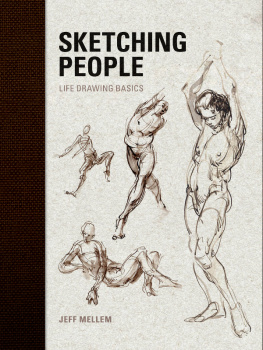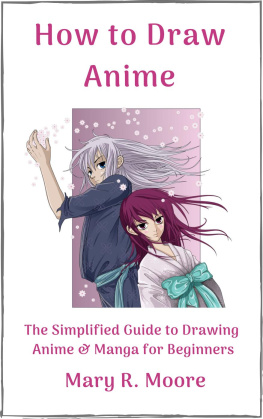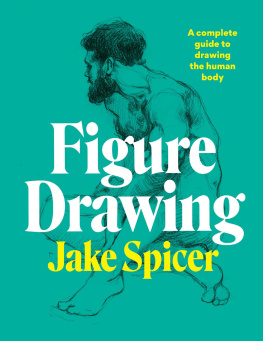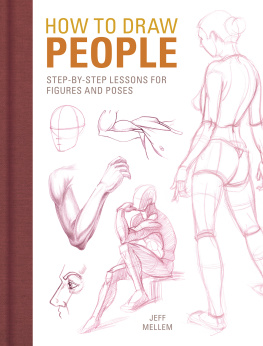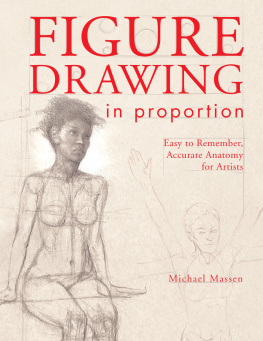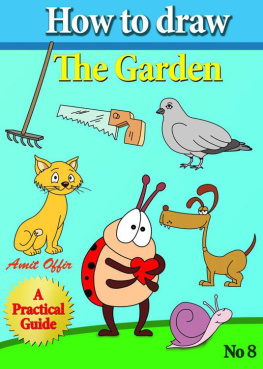Thank you for purchasing this Artist Network eBook.
Sign up for our newsletter and receive special offers, access to free content, and information on the latest new releases and must-have art resources! Plus, receive a coupon code to use on your first purchase from NorthLightShop.com for signing up.
or visit us online to sign up at
http://artistsnetwork.com/ebook-promo
Contents
Overview
Knowing how to draw the figure is a great skill for any artist to have. If you are interested in working in one of the narrative arts, such as films, comics, video games or illustration, being able to draw and invent figures is essential. Even if youre more interested in expressing abstract ideas through fine art, having the skill to draw a figure in any pose opens up a whole world of expressiveness.
Learning to draw people can seem like a daunting task. The human body has so many muscles and features that trying to understand all the parts quickly becomes overwhelming. Most often artists who want to learn the human form begin by grabbing an anatomy book and trying to figure out what all the bumps are on the model. The really dedicated students may even memorize the names of the muscles. Unfortunately, having a medical understanding of the human body does little to help you draw it. The good news is that anyone can learn to draw the figure, and its a lot more fun than memorizing an anatomy book. If you start with the basics, you can begin to draw a simple figure today. As you learn more, you will be able to add more detail and complexity to your drawings, and you will even be able to invent figures and poses from your imagination.
In the beginning, its better not to pay attention to specific muscles. Instead, I teach some fundamentals that are designed to build your spatial reasoning abilities and will lay the foundation for drawing from imagination. Each new chapter builds on the previous one to give you the skills needed to add complexity to your drawing. By the end of each chapter, you will be able to draw the figure with greater detail.
Its important to have an overview of the process so you can see where you are going and how the concepts interconnect. The book is divided into five chapters (called levels) that will take you from a simple armature to detailed breakdowns of the different body parts. If you take your time to master the skills presented in each chapter, you will have an easier time in subsequent chapters.
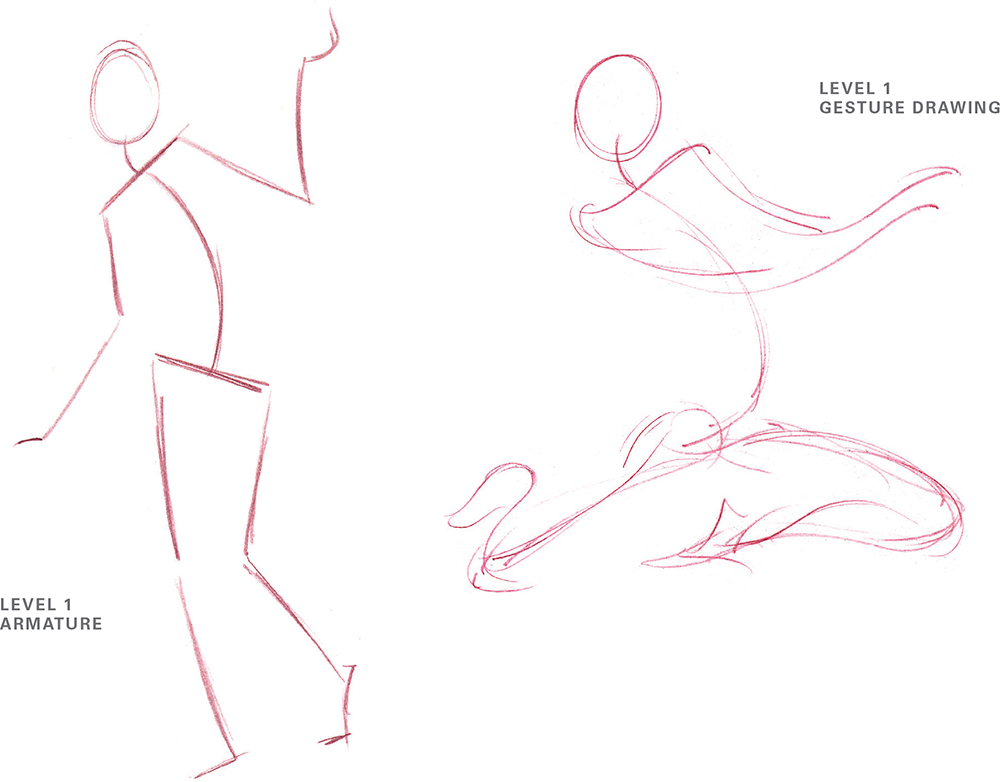
Level 1
Getting a sense of proportion and range of motion is vital to inventing figures and poses, and the armature is the perfect tool for that task. An armature looks like a stick figure with shoulders and hips. Its very simple to draw and an easy way to start learning both proportion and how to design poses. Essentially, the armature is a very simplified skeleton.
Level 1 focuses on using the armature to draw a figure in proportion and provides a basic understanding of human mechanics. In Level 1, I also introduce the first steps of drawing three-dimensionally using the sphere. Gesture drawing is discussed as a more fluid first step to figure drawing with balance and rhythm.

Level 2
Using the sphere and cube to add volume to the armature, you will learn to create a simplified, dimensional skeleton. While the simplified skeleton dispenses with many individual bones, it is dimensionally and proportionately faithful and acts as a foundation for the muscles.
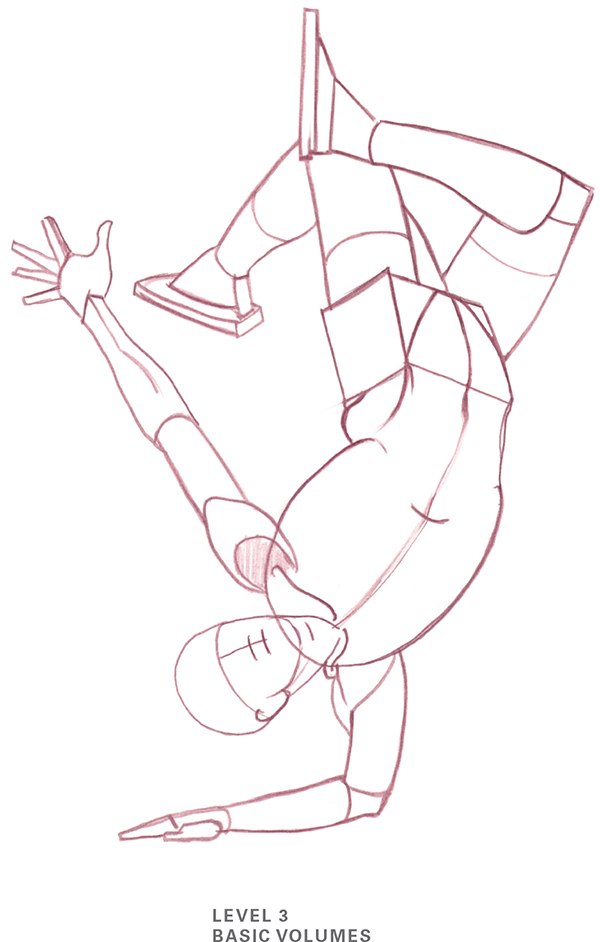
Level 3
With the underpinnings of the figure in place, the next step is to build out the figure using basic volumes, fleshing out the simplified skeleton by joining and combining boxes, spheres and cylinders. This simplified figure will begin to look more human despite lacking any muscular anatomy.
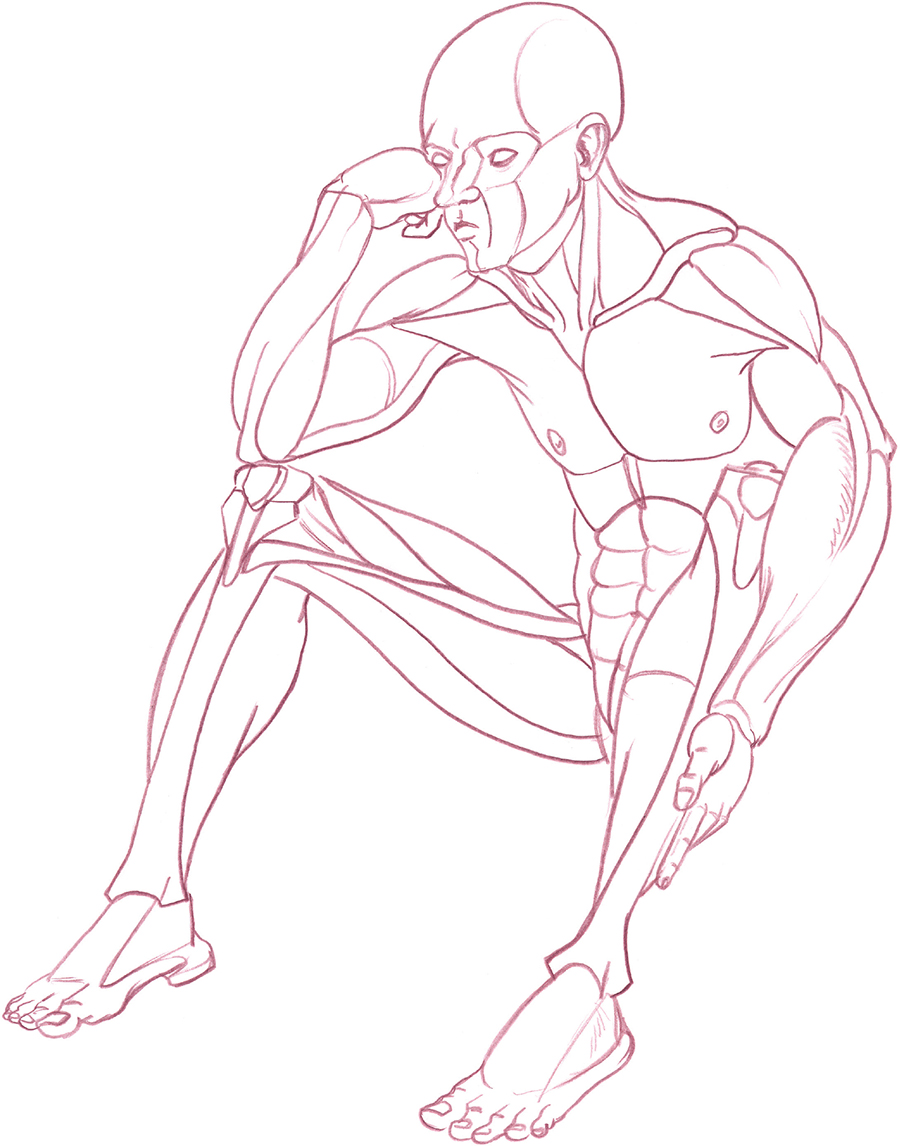
Level 4
Once the basic three-dimensionality of the figure is established, the forms can be molded to more accurately reflect the bodys shapes and rhythms. The shapes of the body are mostly influenced by the largest muscles. Learning the three-dimensional shapes of these large muscles is the first step to creating figures that are anatomically correct. Learning the forms of the muscles is vastly different than learning anatomy from a medical book. You have to learn how to draw them when the muscle is stretched, flexed or relaxed. You will have to be able to see the muscles in your mind in three dimensions and be able to draw their shapes from any angle. These skills arent complicated once you understand that you are drawing three-dimensional forms that are easily molded to fit your subject.
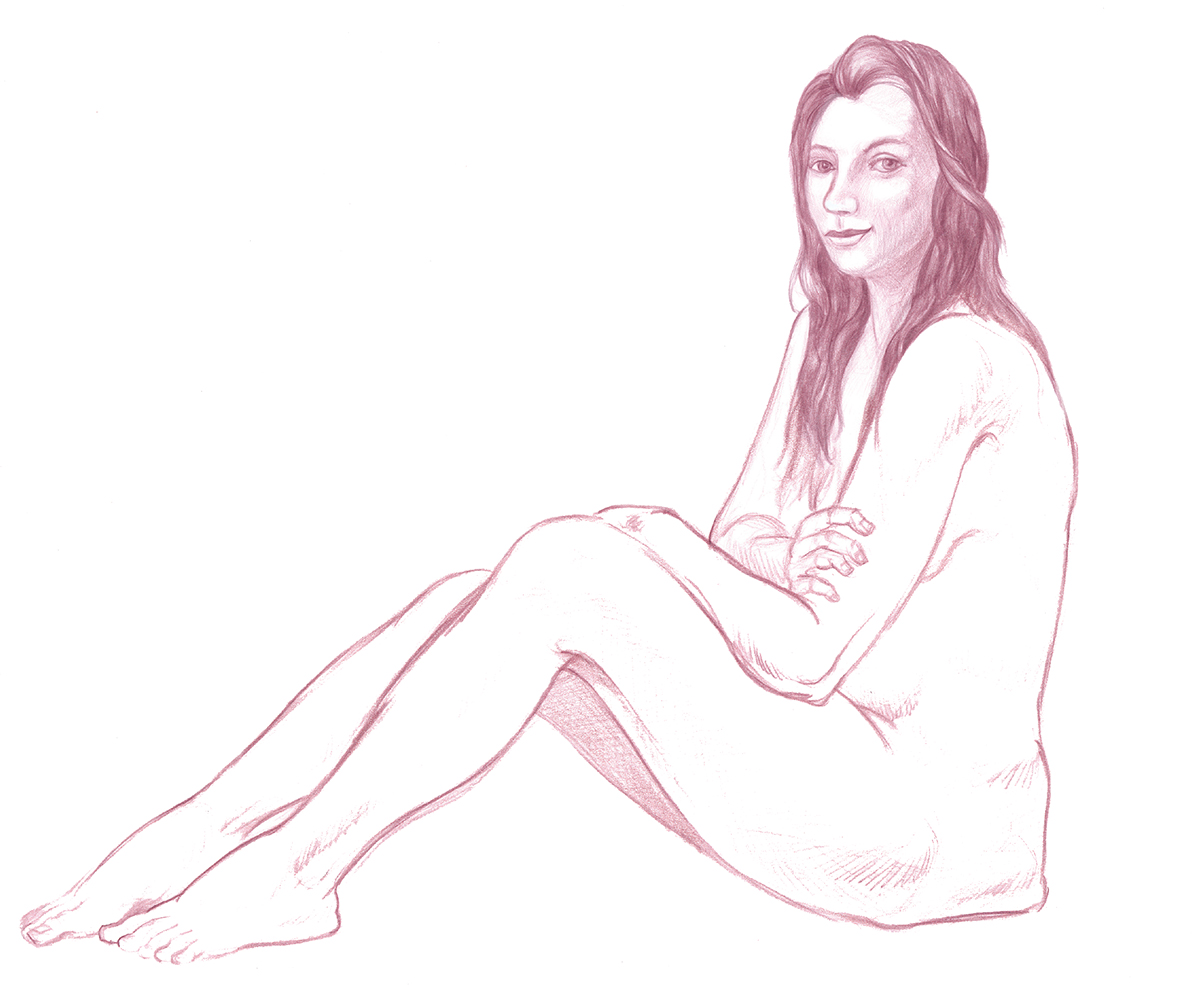
Level 5
This final chapter shows you how all the lessons tie together and give you a step-by-step process for drawing a figure. You will be able to use your skills of three-dimensional drawing and anatomy to create a convincing figure. Its important that you dont end up with a final image that looks like an anatomical model or a cartoon made of boxes and cylinders. Knowing what to put on the page and what to leave off is an important part of developing your drawing. Finally, discovering how you can create your own shape and forms to depict your figure will give your drawing a unique style.
Level 1
Armature
The best way to learn to draw the human figure is to start as simple as possible. Forget about tracing contours. Forget about shadows and values. Forget about skin and bones and facial features. What you need to do is boil the figure down to its essence, something so simple that it can be drawn quickly, something so clear that theres no question about what it represents.
When people who dont know how to draw want to sketch a person, they often end up with a stick figure. Thats about as simple as you can get. The problem with the standard stick figure is that it doesnt possess the information on which to base a drawing. However, with a couple of additions and modifications, you can turn a simple stick figure into a foundation for a drawing.
If you take a stick figure and add some shoulders and hips, you get something that looks a lot more like a human than the usual stick figure. If you also add in some hands and feet and some bends at the elbows and knees, some volume to the head and keep all the parts roughly in proportion to a real person, youll end up with something thats both easy to draw and recognizable as a human. In art, this simplified figure is called an


